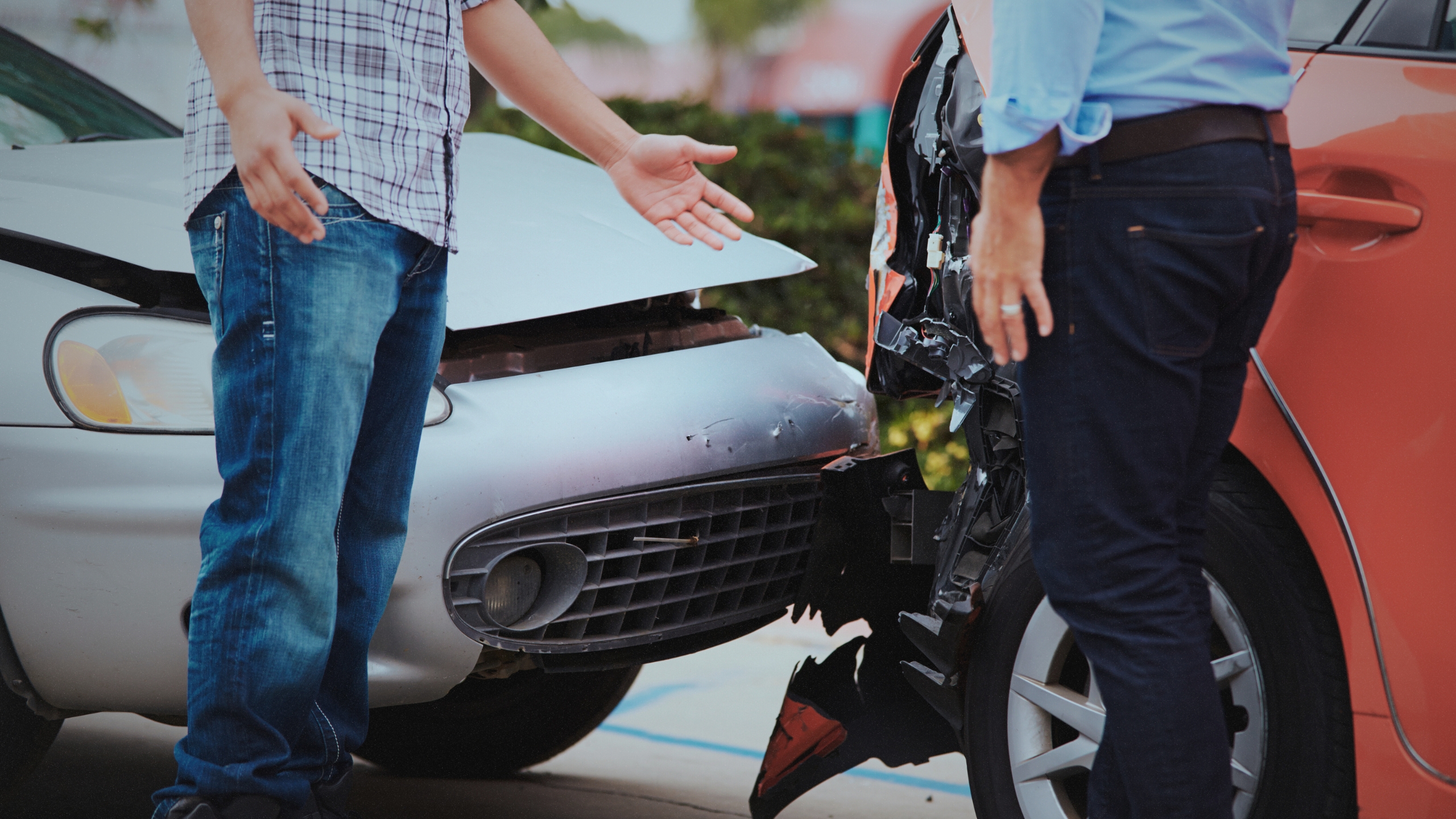Accidents are rarely black and white. In many cases, more than one person may share responsibility for an injury or collision. That is where comparative fault comes into play. If you have been involved in an accident in California and are wondering how your share of responsibility might affect your ability to recover damages, it is essential to understand how this legal principle works.
What is Comparative Fault?
Comparative fault, sometimes referred to as comparative negligence, is a legal concept used to determine responsibility in a personal injury case when multiple parties share blame for an accident. In essence, it allows the court to assign a percentage of fault to each party involved, including the injured person. California follows a pure comparative negligence model, which is one of the most plaintiff-friendly systems in the United States. Under this approach, even if a plaintiff is found to be largely responsible for their own injuries, they are still entitled to recover damages that are reduced in proportion to their level of fault.
Can You Still Recover Compensation If You Were Partially to Blame?
Yes. California law allows you to pursue compensation even if you were partially responsible for the accident. Unlike some states that bar recovery if you are more than 50% at fault, California uses a “pure” system that gives injured parties the opportunity to recover a portion of their damages, no matter how high their share of fault might be.
For example:
- If your total damages are $100,000 and you are found to be 30% at fault, your compensation would be reduced by 30%, leaving you with $70,000.
- Even if you were 90% at fault, you could still potentially recover $10,000.
This legal framework ensures that individuals who are injured but bear some responsibility are not left without any recourse. It also prevents defendants from using a minor degree of fault on the plaintiff’s part as a complete shield against liability. Whether your case involves a vehicle collision, a slip and fall, or another type of accident, the law recognizes that shared fault should not mean zero compensation.
How is Fault Determined in a Lawsuit?
Determining fault in a personal injury lawsuit is a complex process that involves the careful analysis of multiple forms of evidence. One of the key factors in this process is causation, who contributed to the accident and how their actions (or inactions) played a role. Each party’s conduct is evaluated in terms of reasonableness under the circumstances, often comparing it to what a “reasonable person” would have done.
Determining fault in a personal injury case involves reviewing evidence such as:
- Eyewitness statements
- Police reports
- Expert testimony
- Surveillance footage
- Accident reconstructions
What Are Common Scenarios Where Comparative Fault Applies?
Comparative fault is a central issue in many types of personal injury claims where responsibility is shared or disputed.
Comparative fault comes up frequently in:
- Car accidents (e.g., both drivers were speeding or one failed to signal)
- Slip and fall cases (e.g., the injured person was texting while walking)
- Product liability claims (e.g., misuse of a defective product)
- Pedestrian accidents (e.g., jaywalking versus distracted driving)
In each of these situations, a defendant may try to argue that your own negligence contributed to the injury in order to lower their financial liability.
How Can a Lawyer Help with Comparative Fault Claims?
Navigating a personal injury case involving comparative fault can be legally complex and strategically challenging. Insurance companies often use comparative fault as a tool to reduce or deny payouts by placing a disproportionate amount of blame on the injured party. An experienced personal injury attorney can push back against these tactics by thoroughly investigating the facts, gathering compelling evidence, and constructing a strong narrative that minimizes your share of responsibility.
In addition to investigation and negotiation, a skilled attorney will represent you in court if your case proceeds with litigation. Trial lawyers are trained to present evidence in a clear, persuasive manner that highlights the negligence of the opposing party while addressing and mitigating any comparative fault assigned to you. They will also ensure that your total damages, including medical expenses, lost wages, and pain and suffering, are accurately calculated and presented.
At McCune Law Group, we leverage decades of litigation experience to help clients pursue the maximum compensation available under California’s comparative fault rules. Whether your case settles or goes to trial, having a knowledgeable legal team by your side dramatically increases your chances of securing a fair and favorable outcome.
Contact McCune Law Group Today for a Free Case Evaluation
If you have been injured and worry that you may share some of the blame, do not assume you are ineligible for compensation. California’s comparative fault system still allows you to potentially recover damages. Let our skilled personal injury attorneys evaluate your case and fight for the maximum recovery possible.
Call us today or fill out our contact form to schedule a free, no-obligation evaluation. At McCune Law Group, we are here to help you move forward, no matter how complicated your case may be.
